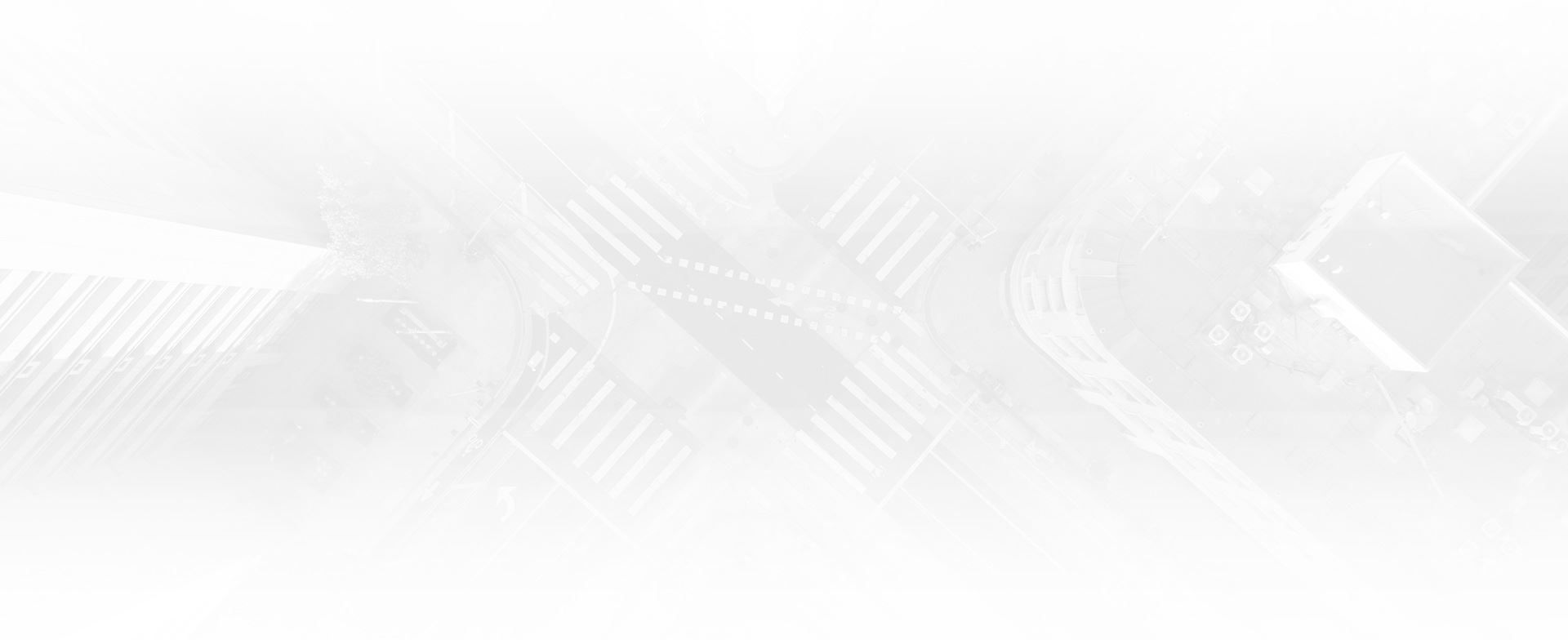Can You Cross Double White Lines on the Road?
When you see the double white and double yellow lines in the HOV lane, think twice before you switch lanes, or you may risk getting a ticket. Like the double yellow lines, you are accustomed to seeing on roadways around California and the U.S., a double line – even when it is white – means you should stay in your current lane. To legally change lanes or exit the HOV (High Occupancy Vehicle) lane, wait until a single broken white line appears. The exception to the rule is when an emergency vehicle needs to get through.
You often see these lines in or near freeway on and off-ramps. Crossing the double lines prematurely is a safety risk, as other vehicles on the road will not be expecting the lane change and may not be able to brake, move or otherwise avoid an accident. If you are caught crossing illegally, you could be ticketed. Alternatively, if you were involved in an accident caused by a driver who crossed the double HOV lines rather than waiting until a designated break, you may have cause to pursue legal action against them.
What’s the Difference Between Yellow and White Lines in the HOV Lane?
Depending on where you are, the HOV – or carpool – lane may be striped with double lines that are either yellow or white. Since 2010, Cal Trans has been changing the double yellow lines to double white lines to better comply with the federal Manual on Uniform Traffic Control Devices.
This change will eventually be completed. Until then, HOV lanes themselves can always be identified by the white diamond painted in the lanes.
Penalties for Improper Lane Change
Although improper use of the HOV lane is not considered a moving violation, a ticket for improper lane change is and will affect your driving record.
- 1 Point on Your Driving Record
- $490 Fine
Who Enforces HOV Laws?
The California Highway Patrol (CHP) handles HOV enforcement. Monitors count the level of HOV violations, and when violation rates are above 10%, the local CHP for that locale will intensify enforcement for the area. Driving illegally in the HOV lane will cost you $490, but no DMV points. Fines may be higher for repeat offenders. Local counties can assess administrative fees in addition to the fine.
Who Can Drive in the HOV Lane?
A general rule of thumb for who can drive in the carpool lane is:
- Any vehicle carrying two or more people
- Motorcycles and
- Mass transit vehicles
- Vehicles with a green (plug-in hybrid) or white (clean-air) decal issued by the Department of Motor Vehicles
Some routes in Los Angeles, San Francisco, and San Diego require three occupants in the vehicle, particularly during peak hours.
What’s the Purpose of HOV Lanes?
California’s highways have a much-deserved reputation for being terribly congested. HOV lanes are a traffic management strategy to promote and encourage ridesharing so fewer cars are on the road, alleviating congestion and the potential for collisions while still moving maximum numbers of people along our highways.
Are HOV Lanes Safer?
Despite their good intentions to reduce traffic congestion and reduce pollution, studies have shown that HOV lanes are not necessarily safer. Improper lane changes and speeding are two culprits. Rear-end and side-sweep collisions are among the most common accidents. The higher speeds often associated with HOV driving can lead to crashes that result in significant injuries. If you have been injured in a car accident, our experienced lawyers at Frish Law Group, APLC can look at your case to evaluate if you may be eligible for compensation.
Contact our law firm for a free consultation today online or by calling (818) 658-2422.
